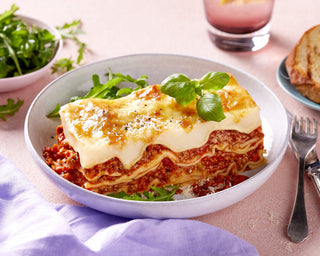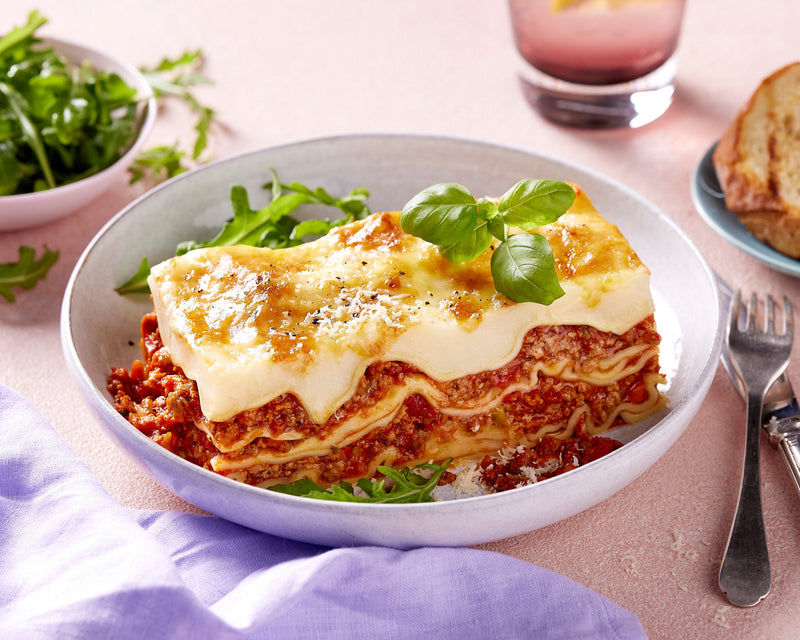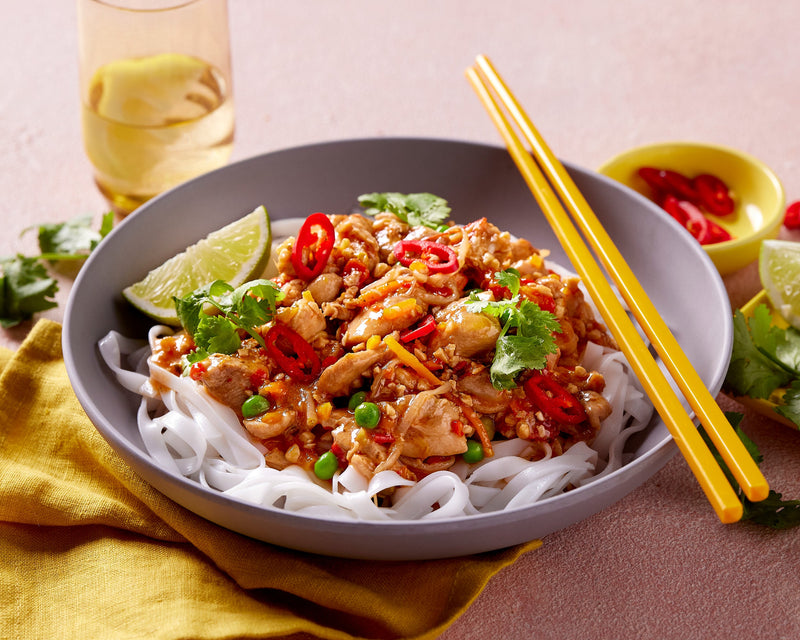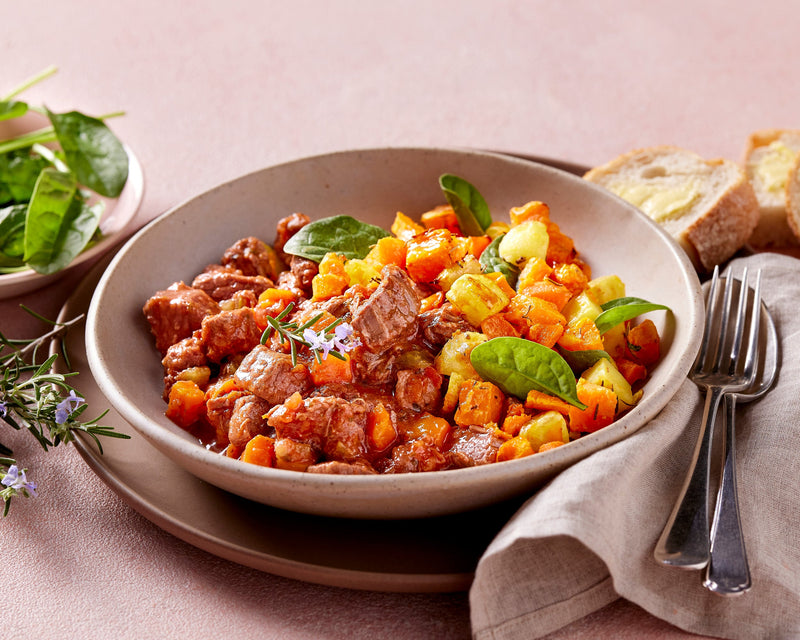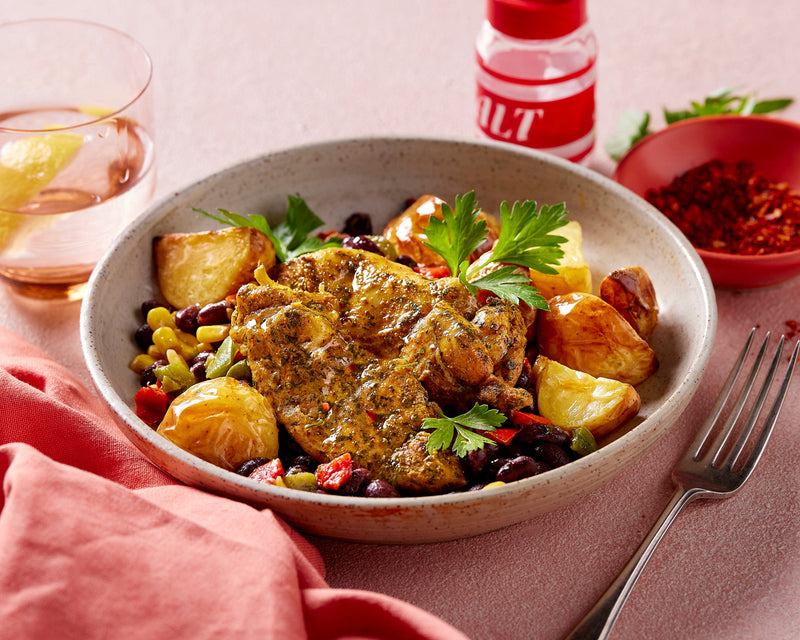
‘Healthy’ sugars. Do they exist? And if so, what’s the best option?
Continuing with our series, we tackle part 3 of ‘how healthy alternatives stack up’ and just like our past key ingredients (bread and butter), it’s only natural that we continue with sugar. For this blog we’re looking at different types of sugar and what the nutritional differences between them are (if any). To keep things short and sweet (pun intended) we’re sticking to the most common and popular variations (i.e. white, brown, syrups and honey) before giving our verdict on whether there are such things as a healthy sugar alternative out there or not.
FREE, ADDED AND INTRINSIC (NATURAL) SUGARS
It’s a no brainer that the sugar crystals extracted from sugar cane and those you find in milk are different, essentially these are both naturally occurring, but one is extracted and added to foods, while one is naturally occurring and already exists in the ingredient.
To help distinguish the types of sugars in food and drinks, international bodies recognize sugars as either ‘free, added or naturally occurring aka ‘intrinsic’ sugars. In other words:
- Free: Those that are added during manufacturing, cooking or at home. These include monosaccharides (e.g. glucose) and disaccharides (e.g. table sugar) and the sugar components found in honey, syrups and fruit juices.
- Added Sugars: Free sugars minus the honey, syrups and fruit juices.
- Intrinsic/Natural Sugars: These are the sugars that remain intact by a plant cell wall found in whole vegetables, fruits and milk.
All sugars do fall under the umbrella of ‘total sugars’ which include all mono and disaccharides (e.g. glucose, fructose, lactose, galactose, sucrose and maltose).
Read our past blogpost about how edible oils stack up!
TYPES OF SUGARS & SUGAR ALTERNATIVES
A quick note on the numbers – all info provided below is per 100g of sugar or alternative.

White sugar a.k.a. table sugar a.k.a. granulated sugar is made by extracting sugar juice from sugar cane which is then milled, purified and reduced to a syrup before being dried and crystallised. During this process, by-products are formed that include minerals and compounds that are collectively known as ‘molasses’. When producing the different sugar types, white sugar is simply the sugar left over when this molasses is removed, the other varieties on the other hand (more on this later), have the impurities left behind. Metabolically, there is no difference with respect to energy- related hormones compared to other sugar types. It is made of 99% sucrose (which is glucose and fructose put together) which are both absorbed relatively quickly in the body. The only difference if any is that it can be perceived as less ‘sweet’, so more might be added to produce the same sweetness in taste during manufacturing.

Brown sugar can often be mistaken for the healthy alternative thanks to the confusing messaging out there. Don’t be fooled however, brown sugar is simply molasses added to refined white sugar plus a few impurities here and there to give you the brown tint. At the end of the day however it is still predominantly refined cane sugar. The miniscule 1.5% of extra amino acids, protein and some minerals do not offer any additional health benefits over white sugar. This also applies to muscovado sugar (a partially refined sugar with added molasses) that you can find more commonly in health food stores.

Slightly less refined (but still refined) than white sugar but not as much molasses in it compared to brown sugar. Also, slightly larger in crystal size and great caramel colour. Nutritionally not much of a difference to the former sugar varieties. (Seeing a pattern yet?)
Read our past blogpost about how healthy alternative breads stack up!

Every health gurus go-to, agave syrup is made from the fluid of blue agave, a Mexican plant that is like honey except slightly thinner. It’s a great option for vegans and is made of both fructose and glucose with a higher proportion of fructose (around 90%) making it sweeter than conventional table sugar. Its syrupy consistency however means it can be easier to overdo the serving suggestion so tend to be on the higher end of the energy scale.

Harvested from maple woods, sap is removed and boiled down to bring you maple syrup. Flavour wise you’ll find hints of caramel and vanilla. Pure maple syrup is 100% maple sap however you can very easily find ‘maple-flavoured syrups that are just high fructose corn syrup with small maple saps. These contain small traces of organic acids, vitamins and some minerals although no known health benefits have been found.

Honey is often regarded as the most natural as its formed from the nectar of flowers by hardworking honeybees. It contains a higher proportion of fructose which makes it 25% sweeter than normal table sugar. Pure honey contains small amounts of proteins, vitamins, amino acids, minerals and organic acids (e.g. flavonoids and polyphenols) but these make up a teensy portion that makes it almost negligible when considering it as part of an overall diet. Although 100g of honey is lower in kilojoules compared to white sugar, a teaspoon equivalent of honey compared to normal sugar is much denser meaning you’re more likely to have more kilojoules overall.
OUR VERDICT
Despite the colour and size differences, there really isn’t much of a difference between them if any. Added sugars or those that are naturally present (e.g. lactose in milk) are still sugar. They provide similar kilojoule per gram whether it be sucrose, fructose or something else. Any additional impurities such as those found in brown sugar are in negligible amounts and do not confer any health benefits when looking at it as part of an overall diet. We say stick to what you like in terms of personal preference because nutritionally, they’re very similar. If it’s sticking to less refined options, then the alternatives such as honey are a great option.
Let us know in the comments below if you’d like to know more about sugars on the blog!
Data Source: Data based on AUSNUT 2011-13 Food Nutrient Database per 100g.


